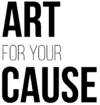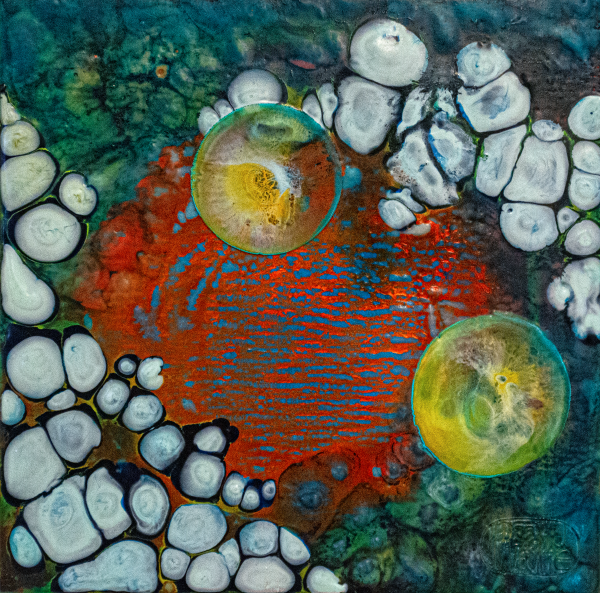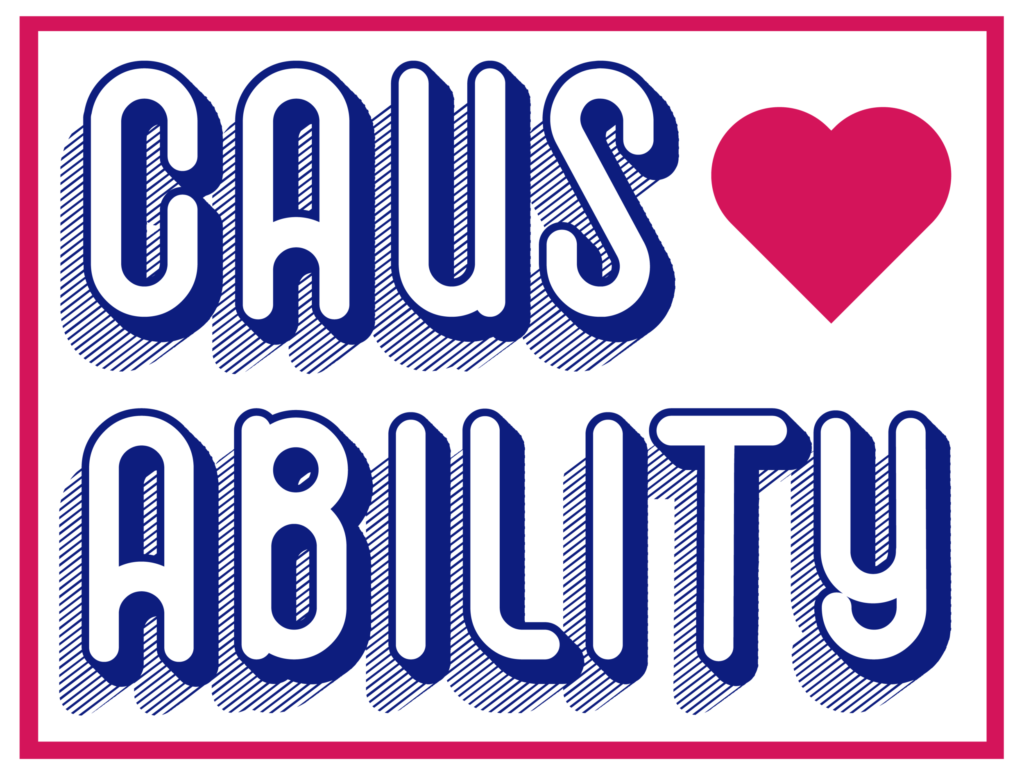We're Donating 10% Of Every Purchase To Causability, providing grants for artists to collaborate with local nonprofit organizations.
We're Donating 10% Of Every Purchase To Causability, providing grants for artists to collaborate with local nonprofit organizations.
Shopping Cart


